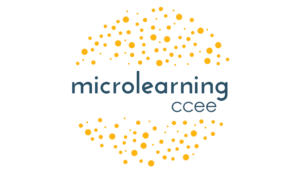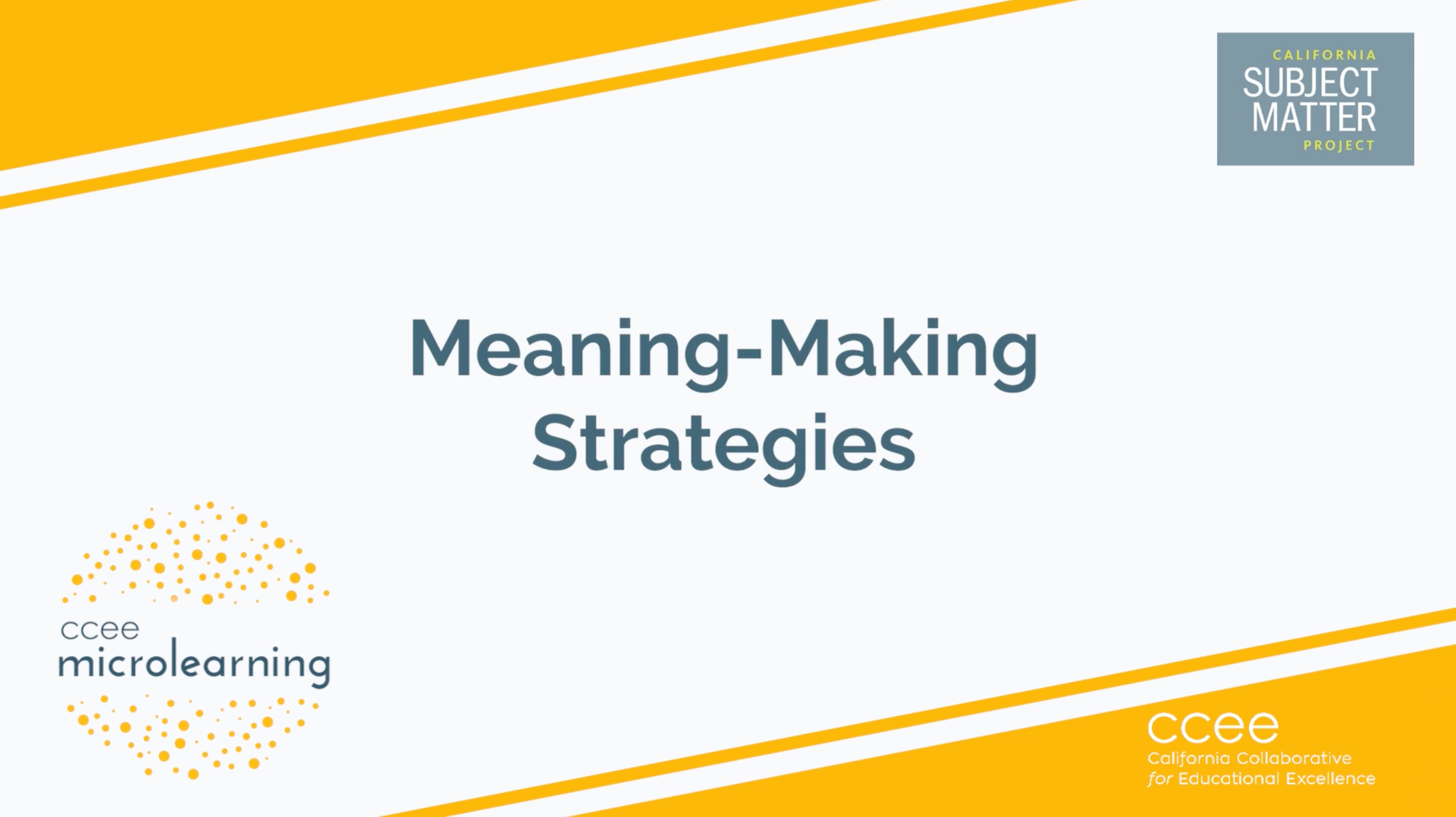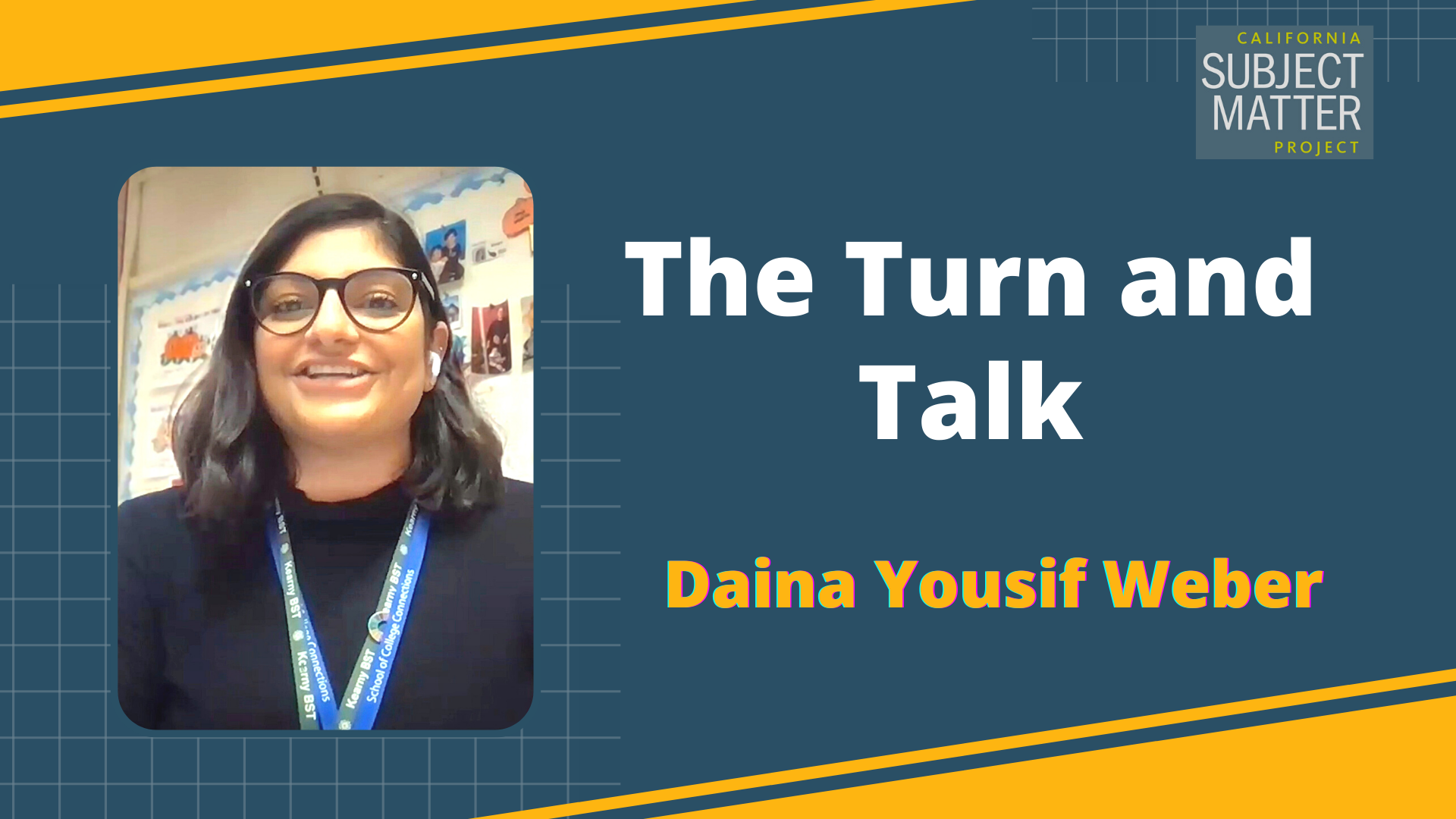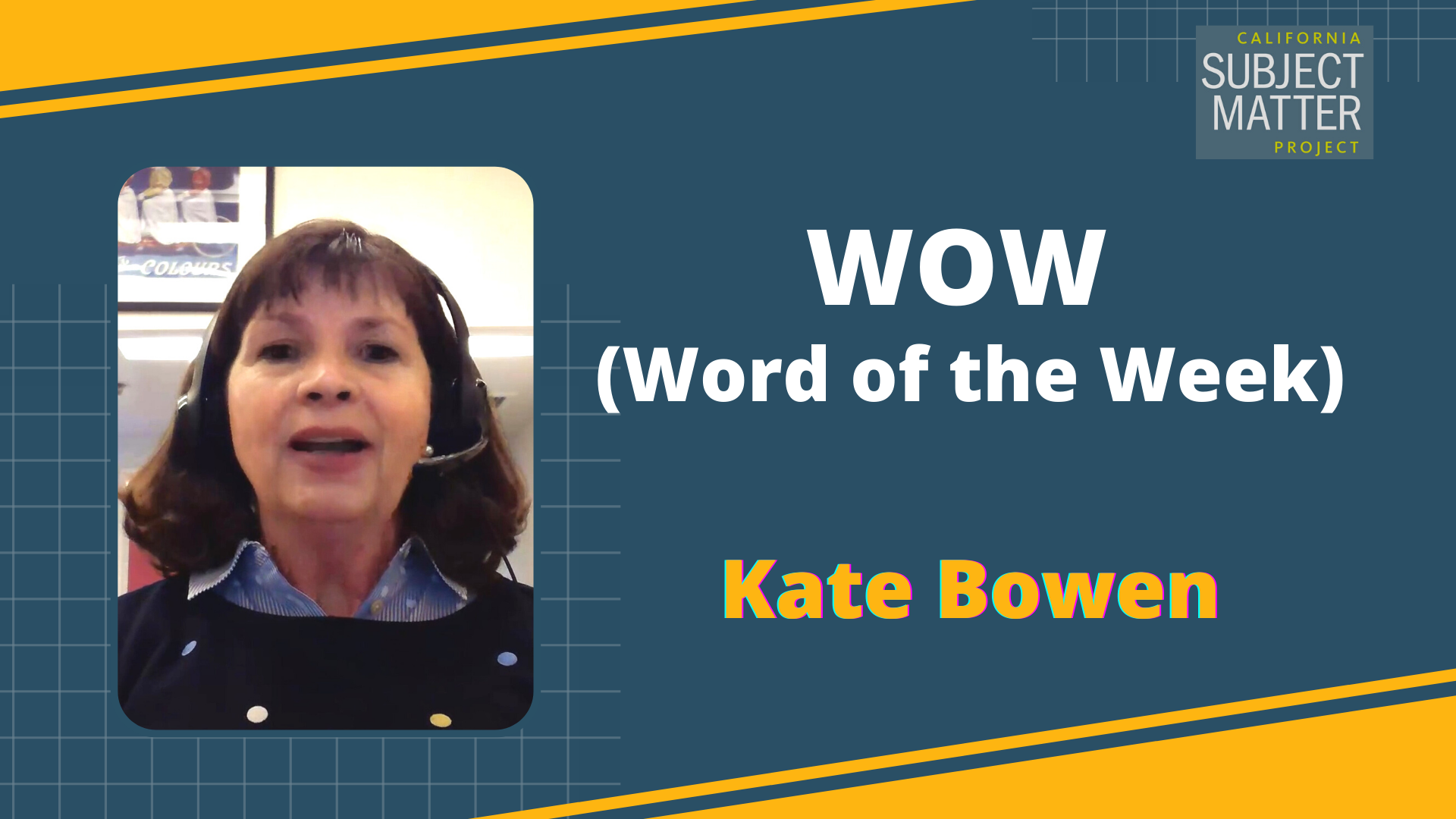Watch the Video
Presenter
Kimberly Steffen. Physical education teacher in the Hayward Unified School District and also a teacher leader with the Bay Area Physical Education and Health Project.
Transcript
Hi, I’m Kimberly Steffen. I am a physical education teacher in the Hayward Unified School District and a teacher leader with the Bay Area Physical Education and Health Project. In this video, we’ll focus on teaching physical education in the middle school grades and I will share specific actions to help support you as the guest teacher. If you have not watched video number one, which is an introduction to teaching physical education, I highly encourage you to go watch that first.
Middle schoolers are unique and range from needy and independent to helpful or, well, they’re also a handful, but they will keep you on your toes. But today I want to remind you of the three big ideas for your work as a guest teacher in the middle school, physical education class.
1- Physical education is a place of learning, just like every part of their school day.
2- Many of the same skills, methods, and strategies you use in other content areas also apply to teaching physical education.
3-You can be most effective when you encourage student improvement and effort towards that improvement.
It’s not too likely that you’ll be asked to present new learning to the students. So take a deep breath. Review the lesson plan and the learning objective outcomes for the day. You might ask students how the lesson for today connects with the learning they did the day before. Locate any equipment you might need. Spend a minute thinking about planning of how you will distribute the equipment to students, as well as how you will collect it in a safe and orderly way. You can try distributing it by teams, groups, or designate one person from the group or team to come get the equipment and return it. Students will always want to play with the equipment, even when you are trying to collect it. So be ready to ask them for help with this specific request.
It’s always helpful to have a few no-equipment-needed activities to incorporate in a pinch. And I’ve provided one of those with this video for you to use. If an activity is not working, move on but try again with the next class. If something is going well, spend more time on it.
During the lesson, be sure to circulate among the students constantly make it your goal to talk to students at least twice during the lesson. Based on the lesson and the learning outcomes, plan some focused feedback you can share with the students. Some examples might be, “I like the way you look at the ball while your feet makes contact”, “well done on keeping your arms straight while you served the ball.”, “You’re really doing well with following directions. Thank you.”
Remind students of the many values of being an active learner in physical education. Visit the space where the class meets and make note of anything that might be helpful in class management, such as painted lines on the blacktop, which is a great place for students to stand and listen to directions.
Use attention-getters for transitions or to refocus the class, such as: “clap once if you can hear me”, or count down 3, 2, 1. Remember save at least 3 to 4 minutes for class closure. Class closure might include asking students to gather quickly, acknowledging student good work and behavior, telling them what impressed you, and asking 2 to 3 questions connected to the learning objectives for the day.
Also important to know and prepare for: most middle school students change into a physical education uniform for class. The procedures for the locker rooms are usually included in the teacher’s plans. If not provided, here are some common sense things to know about the locker room. Students have a task to complete, which is to get dressed. Student safety can be compromised if students stand on the benches, throw objects, engage and play in the locker room, et cetera. Make sure you always review the emergency procedures. Know who to contact if there’s an injury.
Let’s review the three big ideas for your work as a guest teacher in physical education. Physical education is a place of learning, just like every other class at school. Many of the same skills and methods and strategies you use in classrooms also apply to physical education. So you are definitely ready. Because learning movement skills is very individual and strongly influenced by self-concept and motivation, you can be most effective when you encourage improvement and effort toward that improvement.
Most of all, enjoy it! Teaching middle school physical education can be the highlight of your guest teacher experience. It’s a great opportunity to work with students in a different environment with the same goals, which is learning. Middle schoolers are generally friendly and open to conversations with adults. So make sure you enjoy talking with them.
Accompanying Materials & Resources
- Quick Guide: Middle School P.E. (PDF – 1 Page)
- Middle School P.E. with Kim Steffen – Middle School Activity (PDF)



